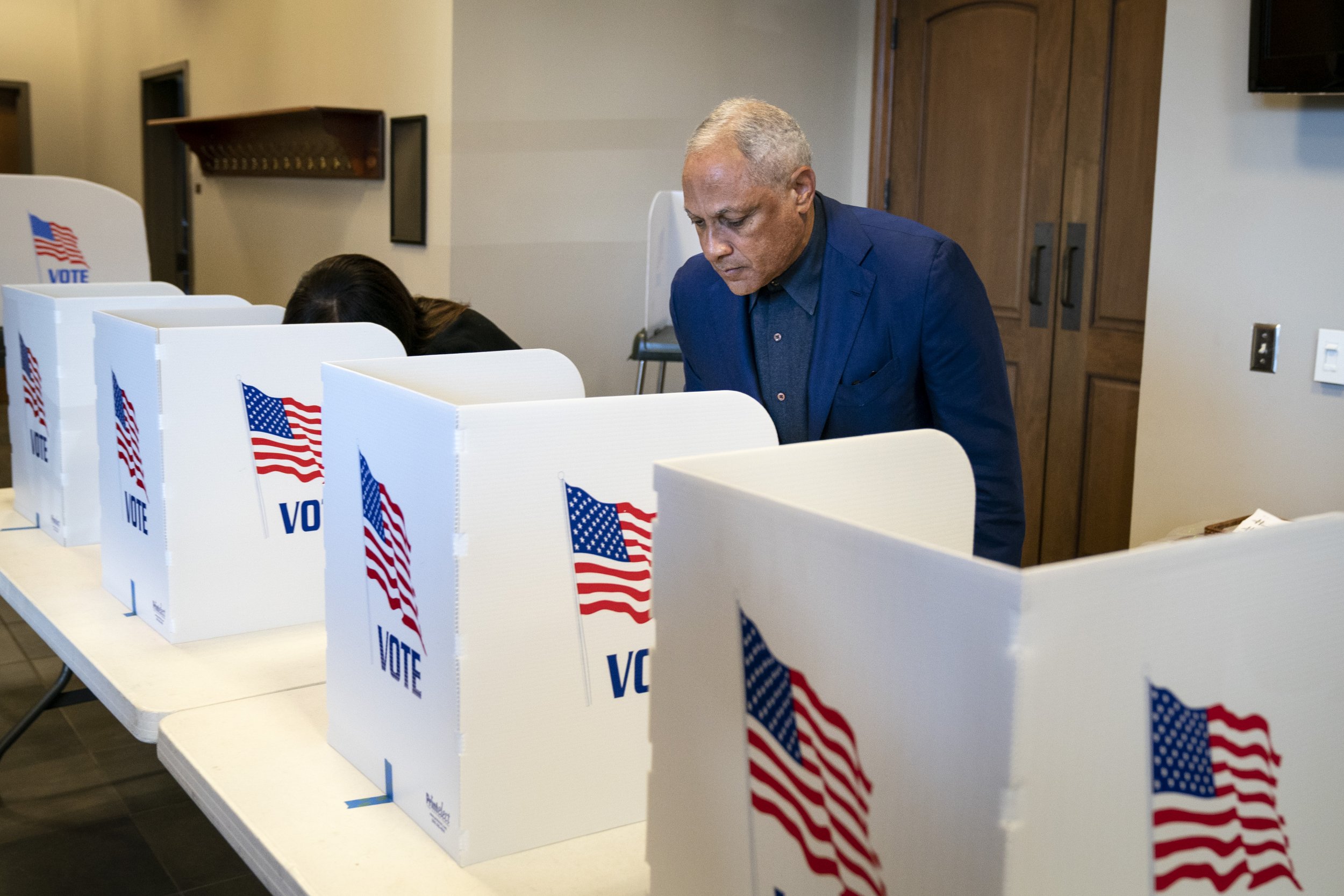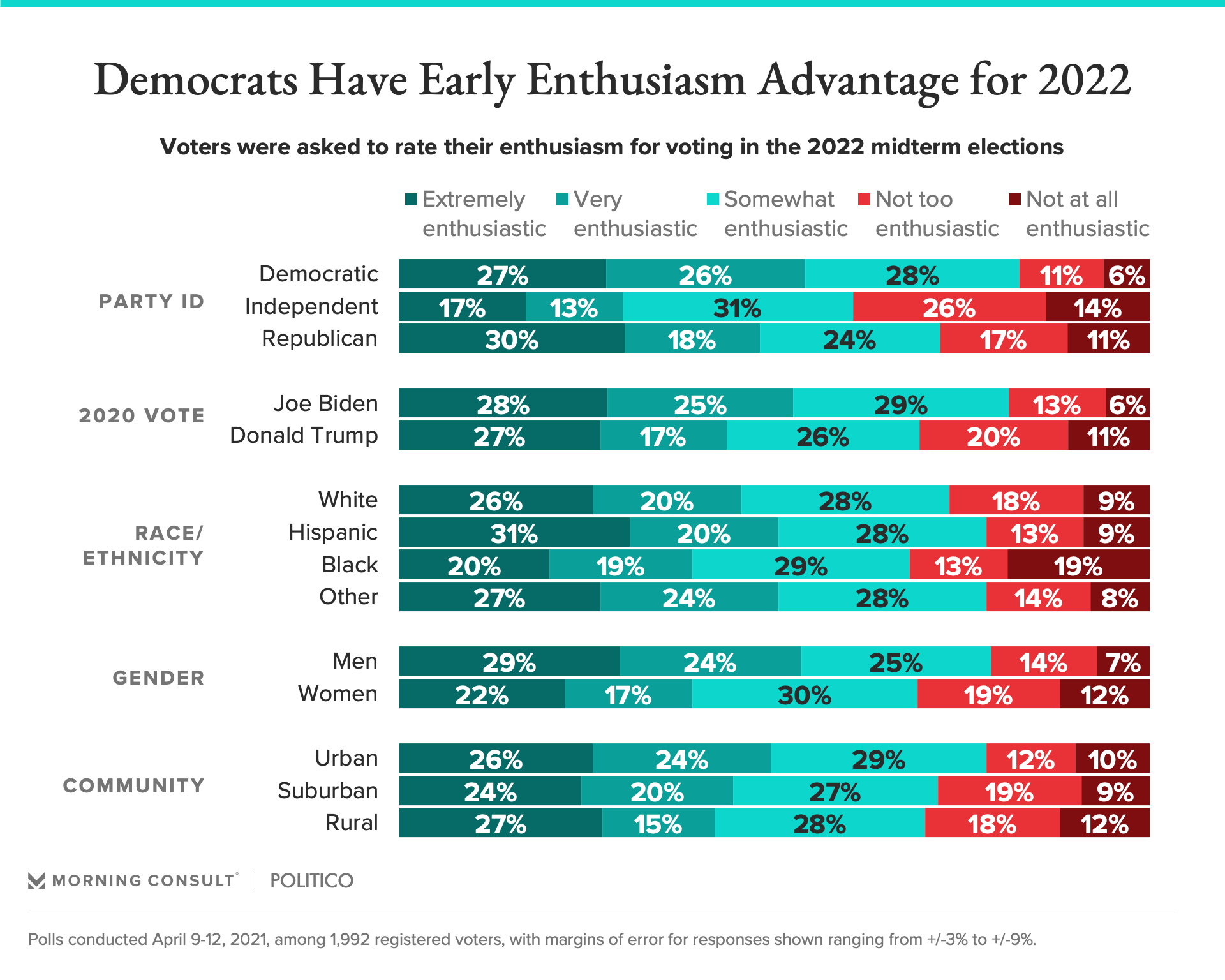


The Republicans gain back the Senate and House. The Democrats retain control the House and Senate. The Democrats get back control of the Senate, while the Democrats keep control of the House. The Republicans keep control of the Senate gained in 1980, while the Democrats keep control of the House. The Democrats control the House and Senate in 13 consecutive elections, including six midterms. The Democrats take back the House and Senate, which they lost in the 1952 general election that saw Dwight Eisenhower elected President. The Democrats keep control of both chambers, which they took back in the 1948 general election. The Republicans take control of the House and Senate, ending 14 years of a Democratic majority in both chambers that started with Franklin D. So it has been 20 years since a midterm election didn’t result in a change of control in at least one chamber of Congress when the Republicans kept the House and Senate in 1998.įor the record, the last time the Democrats gained back the House and didn’t win the Senate in a midterm election was in 1930, when Herbert Hoover was President.įor official historical results, you can go to the House's official page at: Ĭongressional Election Control Since 1998 The Democrats gained both the House and Senate back in 2006. In the past five midterm elections, the Republicans gained control of the Senate in 2014, the House in 2010, and the Senate in 2002. And in three other cases, the Republicans picked up the House or the Senate from the Democrats. Those two elections in 19 saw voters change the majority party in the Senate and House at the same time. In nine midterms, the balance of power in Congress has remained the same in four elections. In three cases, different parties gained control of just the House or the Senate in the same election, and in one instance (2012), the Congress remained split after an election.Įxamining just the midterm elections after 1980, the picture is equally mixed. In two elections, 19, both the House and the Senate changed control. (After the 2000 election, the Democrats gained a deciding vote in the Senate after a Republican became an Independent in May 2001.) Since 1988, in 15 Congressional elections, the Republicans have retained a majority in the entire Congress five times on Election Day and the Democrats four times. The Republicans grabbed back the Senate for the first six years of the Reagan administration, while the Democrats retained the House. However, starting in 1955, the Democrats had majorities in both houses of Congress after every congressional election until the 1980 Reagan Revolution. Between 19, both parties swapped control of Congress. Since 1946, when Republicans ended a 14-year period of total Democratic control in Congress, midterm elections have been mostly contested starting in the Reagan era. So how have these elections panned out in the modern era? Today, Americans are heading to the polls for midterm elections, where the entire House and 35 Senate seats will be up for grabs.


 0 kommentar(er)
0 kommentar(er)
